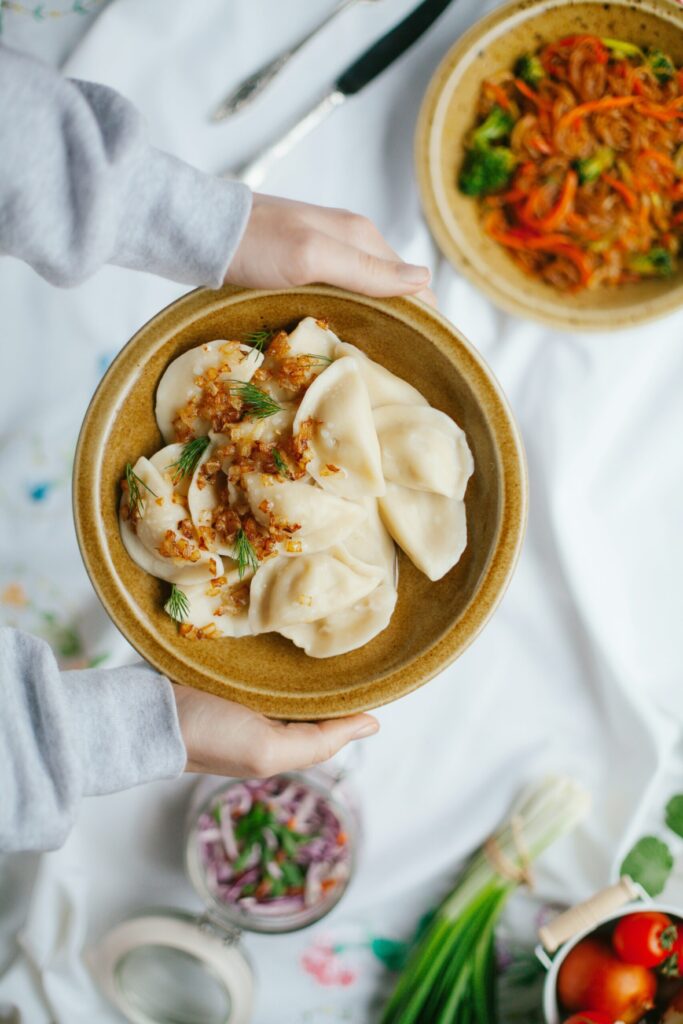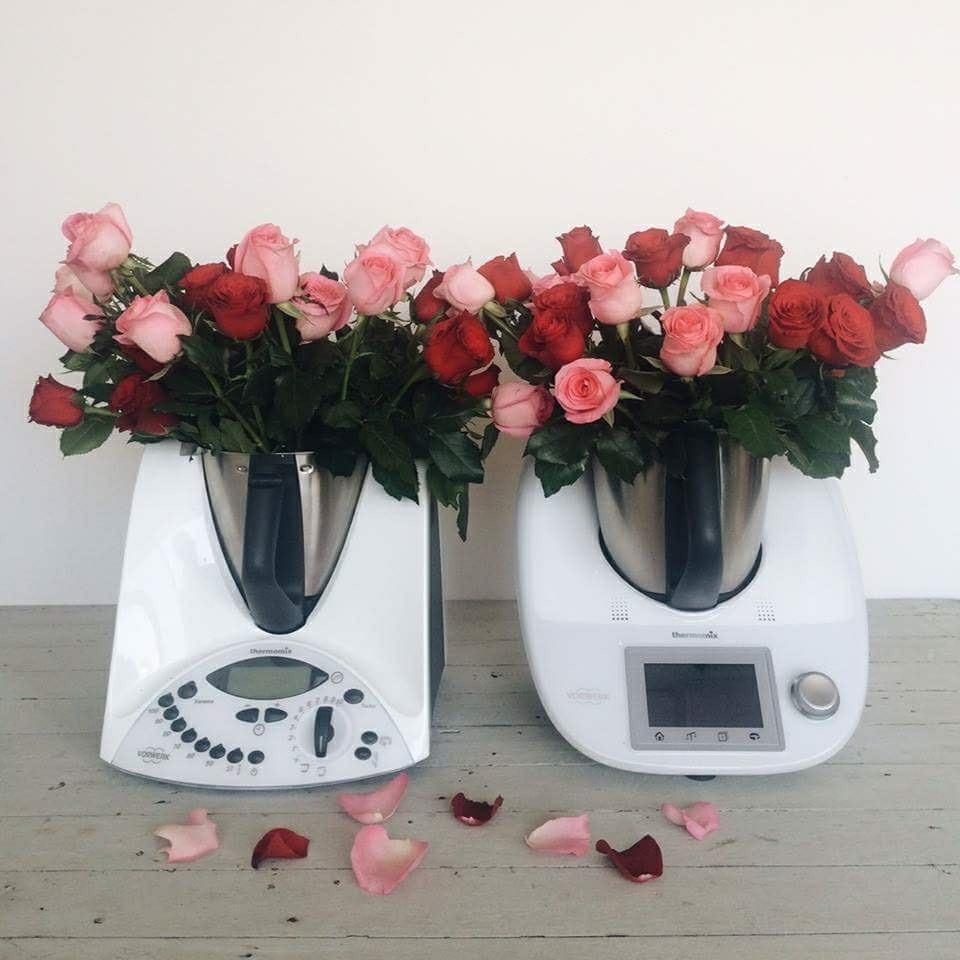When I first married my Polish husband, I quickly realised that “Do you like pierogi?” wasn’t just small talk — it was a test. In Polish families, food is love, and cooking is how you earn your place at the table. I adored the flavours of his childhood — buttery pierogi, cabbage rolls (gołąbki), beetroot soup, and poppy seed cake — but I didn’t grow up cooking any of them.
Every visit to my mother-in-law’s house in North London, you’d think I was in central Warsaw. It came with an unspoken challenge: could I make the classics? And to be completely honest… no, not really. My dumplings were heavy, my bigos was watery, and my dough never rolled quite right. I wanted to honour my husband’s heritage, but Polish cuisine felt like a world of its own — precise, patient, and rooted in traditions I was still learning.
Discovering Cookidoo — and a Little Courage
Everything changed one winter evening when I stumbled across a pierogi recipe on Cookidoo, the recipe platform that connects directly with my Thermomix. I typed “pierogi” into the search bar, half-expecting complicated instructions and obscure ingredients. Instead, up popped dozens of authentic recipes — written by Polish home cooks, with clear, step-by-step guidance.
I followed along nervously: weighing flour, blending dough, sautéing onions, mixing the cheese and potato filling. The Thermomix kneaded everything for me, perfectly soft and elastic — the kind of dough I’d never managed by hand. It even reminded me to rest it for the right amount of time.
When I rolled, filled, and sealed my first dozen pierogi, I felt a little spark of pride. And when my husband tasted them, his eyebrows shot up. “You’ve done it — they taste like mum’s.”
The Real Test: Dinner with Mama
A few weeks later, my mother-in-law came to London for a visit. I decided to be brave — and make dinner myself. The menu: pierogi ruskie (potato and cheese dumplings) and a comforting żurek (sour rye soup).
My heart was racing as I set up my Thermomix on the counter. She watched curiously while it chopped onions, sautéed them gently, and mixed the dough. “You trust that machine?” she asked in her thick Polish accent, a hint of scepticism — and perhaps amusement — in her eyes.
“Yes,” I replied with a smile. “But it’s still me doing the cooking.”
When we finally sat down to eat, she took a bite, paused for what felt like an eternity, and then nodded approvingly. “Very good. Almost like mine.”
That “almost” was all the validation I needed. The kitchen felt warmer that night — not just from the food, but from the sense of connection that cooking had built between us.
Learning Through Food, Not Perfection
What I love most about the Thermomix isn’t just how efficient it is — it’s how it gives you the confidence to try. I never thought I’d master Polish recipes that had been passed down through generations, but Cookidoo made them accessible.
Each time I cooked something new — cabbage rolls, hunter’s stew, poppy seed cake — I learned a little more about my husband’s childhood, his traditions, and the rhythms of his culture. Food stopped being intimidating and started becoming an act of love.
It also reminded me that being a “good cook” isn’t about knowing everything; it’s about being willing to learn. The Thermomix helped me do that — guiding me through techniques, helping me get the seasoning just right, and quietly building my confidence along the way.
Blending Cultures in My Kitchen
Now, my kitchen is a true mix of both worlds. One night it’s chicken curry with cumin and coriander; the next, it’s pierogi with caramelised onions.
That’s the beauty of cooking with the Thermomix: it lets me explore, adapt, and experiment. I can use Cookidoo to pull inspiration from Polish, Indian, and global recipes, learning as I go. The results are always delicious, and the process feels effortless.
For our multicultural family, food has become a way to celebrate our differences and find common ground — one meal at a time.
These days, whenever my mother-in-law visits, she no longer peers over my shoulder to check the dough or correct my seasoning. Instead, she sits at the table, sipping tea, while I cook. Occasionally, she’ll even ask, “Can your machine make this too?”
It’s taken time, a few culinary disasters, and a lot of laughter, but now our shared meals feel like a blend of old and new. She brings her handwritten recipes; I bring my Thermomix. Together, we cook, taste, and talk — and that, to me, is what family looks like.
It’s Not About a Machine — It’s About Connection
When people see the Thermomix in my kitchen, they often assume it’s about convenience. But for me, it’s about connection — to my husband’s heritage, to my mother-in-law’s wisdom, and to the joy of learning something new.
Cooking Polish food taught me patience, precision, and pride. The Thermomix gave me the confidence to embrace all three. It’s helped me build bridges between cultures, generations, and kitchens — and for that, I’m endlessly grateful.
If You’d Like to See What’s Possible…
If you’ve ever wanted to explore new cuisines or recreate family recipes with confidence, I’d love to show you how the Thermomix can help.
Whether you’d like a live cooking experience, a peek at Cookidoo’s international recipes, or just a friendly chat about how it could fit into your home, get in touch — I’d be happy to share my kitchen story with you.




